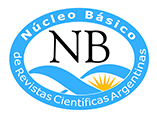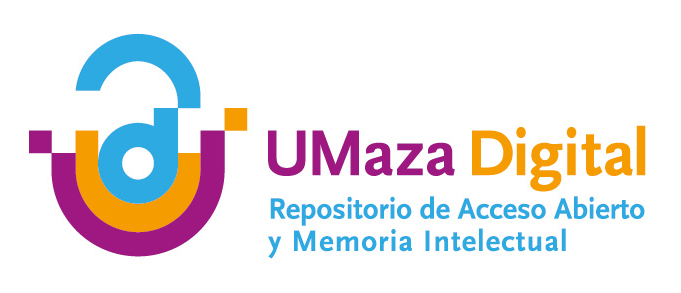Dynamics of Molecules, Nano-platforms and Biostructure interactions based on Chemical surface modifications
Design, Synthesis and Methods
DOI:
https://doi.org/10.59872/icu.v8i10.472Keywords:
Molecular Dynamics, Nanoaggregates, Nanoassemblies, Nano-Bio composites, Optical methodsAbstract
In this publication it was discussed the dynamics of molecular interactions, nanoparticle and bio-structures based on non-covalent forces. In this way it was developed the participation of simple and single non-covalent interactions from atoms, functional groups of molecules, variations of electronic densities by differentiation of their chemical structures. These interactions showed to be beyond the atomic level to the nano-scale from nano surfaces by their interactions to generate higher sized structures. In a similar manner the chemical composition of natural or modified bio-surfaces controlled the interactions of biological structures within the micro-scale. So, interactions of individual molecules over biomembranes could activate a cascade of signals accompanied with structural modifications with impact on the normal function of cells and organs. For these reasons, based on the design and synthesis of chemical structures as individual blocks, it could be formed higher sized chemical structures as nanocomposites and nano-biostructures with potential impact in biotechnology.
Due to the importance of the mentioned interactions at different scales and dimensions, it was presented the main techniques and methodologies for the study of their dynamics. Thus, it was presented and discussed static and time-resolved spectroscopic techniques, in flow methods, different microscopy techniques, Imaging based methods, and pulsed laser techniques, as well as other advanced approaches currently in progress. Moreover, it was discussed briefly the main strategies and methods for design and synthesis of: i) new molecules, super-molecules, molecular aggregates, supramolecular complexes and supramolecular systems; ii) nanoparticles, nanocomposites and nanomaterials with different nanoarchitectures; and iii) natural and synthetic modified bio-structures, etc.
All the discussed themes were in function to control the main parameters to take into account for the fabrication of photonic systems, nanophotonics and biophotonics with their incorporations within portable devices such as micro-processors or Chips. Finally, future perspectives and state of the art were exposed.
Downloads

Published
How to Cite
Issue
Section
Categories
License
Copyright (c) 2024 Guillermo Bracamonte, Luna R. Gomez Palacios

This work is licensed under a Creative Commons Attribution-NonCommercial-ShareAlike 4.0 International License.





















